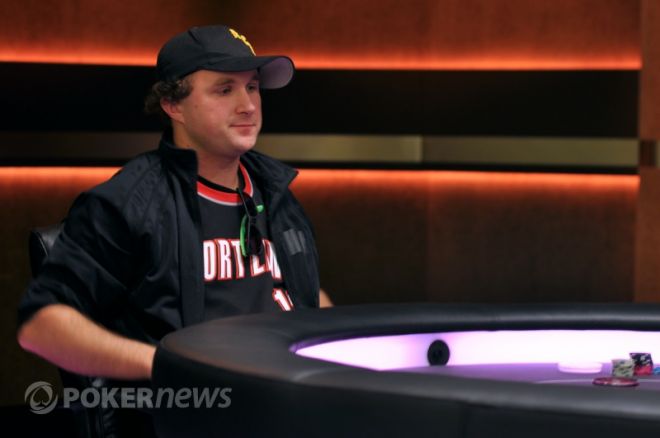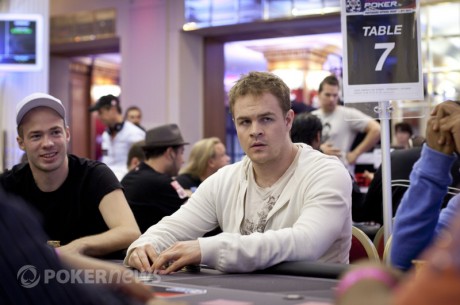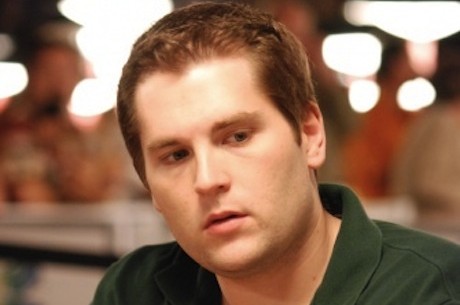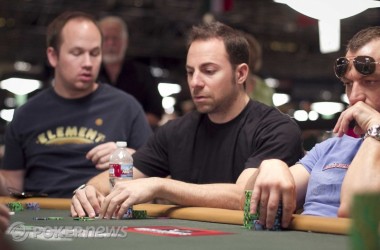Strategy with Kristy: Andrew Seidman Discusses His Book, Easy Game


Andrew "Balugawhale" Seidman was the premiere guest on the Strategy with Kristy podcast and has come back to discuss topics in his updated, re-released book Easy Game.
Here is a snippet from the interview:
The first thing that we have to realize at any given time is that our hand is always going to fit in one of these three categories: low value, medium value, or premium value. Premium just means that it’s good enough to raise for value. We don’t need to raise, but it’s good enough to. So, obviously aces are always good enough to raise for value preflop.
A hand like jacks, whether or not it’s a good hand to reraise for value preflop would depend on a lot of things. Against a really tight player who only opens the nuts preflop, then we probably don’t want to reraise jacks, but against a crazy maniac person we do.
We can actually see the beginning of how these value categories might change depending on a whole bunch of different circumstances like our stack sizes, our opponents, everything. What we find is that, if we’re not in premium value, and we can’t raise for value, then do we have enough value to play our hand? That would put us in the medium value.
So let’s say we’re up against a huge nit, we have jacks, and he opens. We think, “OK, we’re not in premium because I can’t raise for value, but do I have value to play my hand? Yes, I can flop a set, so I’m in medium value.” Now, if we go one step further, we might say, “My hand is not quite good enough to be in medium value because I don’t think it has enough value to call.”
Let’s say I have a hand like eight-five suited and a regular raises. It’s sort of on the borderline between medium value and low value. If we decide it’s low value then we can’t continue by calling because we don’t have enough value to capitalize on and we can’t raise for value ourselves. So, we have to either fold our hand, or we could bluff with it. We don’t lose any value if we have to fold our hand at some point in the hand because we were planning on folding it anyway.
I’m going to tie this back now to polarized and strong ranges (depolarized ranges). When we want to create a strong range, we don’t raise any of our low value hands, we just fold all of them, and the premium range becomes very wide. So now, jacks is clearly premium, king-queen is premium, ace-nine is premium half the time. The medium-strength hand ranges become a little bit more narrow and a little bit weaker because most of the higher end of the medium-value range is now considered premium value because we’re choosing to adopt a strong range.
On the other hand, if we want to create a polarized range, our medium-value range gets very big. Now, our premium range is very small and there are only a few hands we’re going to raise for value, and we have as many low value hands as we do want to raise.
Want more? Listen to the Strategy with Kristy podcast below.
Tune in every Thursday for new episodes of Strategy with Kristy and feel free to send in questions, ideas or suggestions for the podcast to [email protected]. Also remember, follow us on Twitter for up-to-the-minute news.








